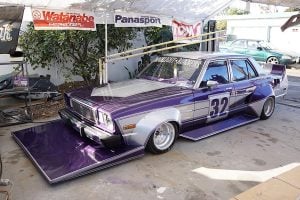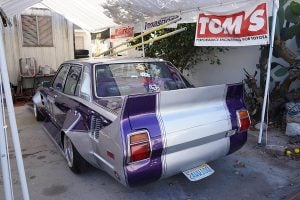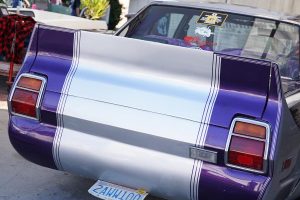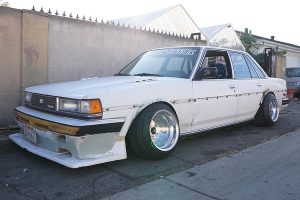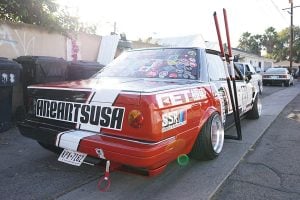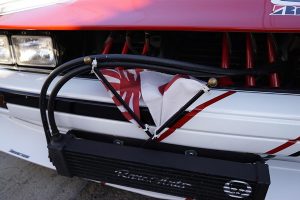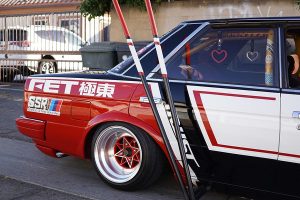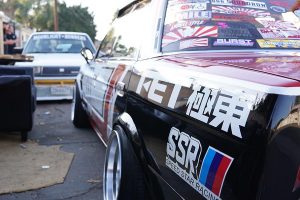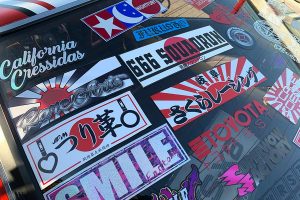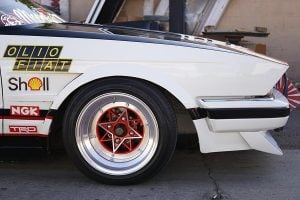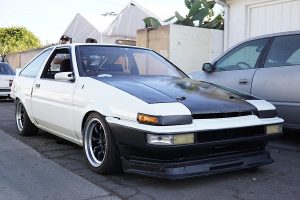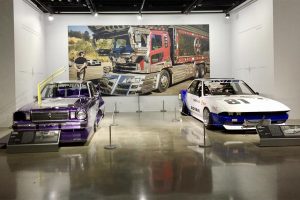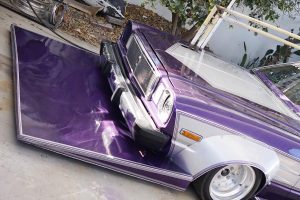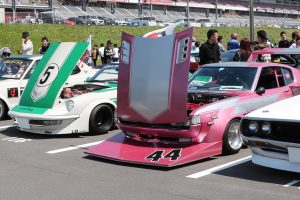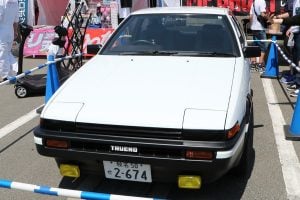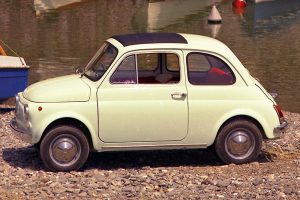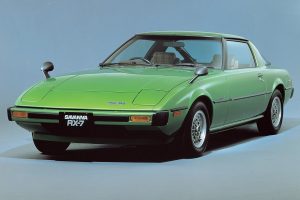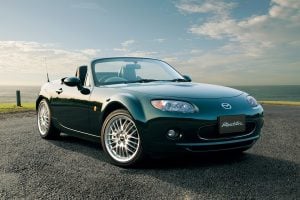YouTube videos as a perfect tool to study
About a year after I saw the car at the museum, I was able to contact the builder, Moonlight Runners, and ask about their cars.
I’ve covered tuning stores and production sites in the United States several times before, but Moonlight Runners here seemed to be building their vehicles in the garage behind their house, making them a true “backyard builder.
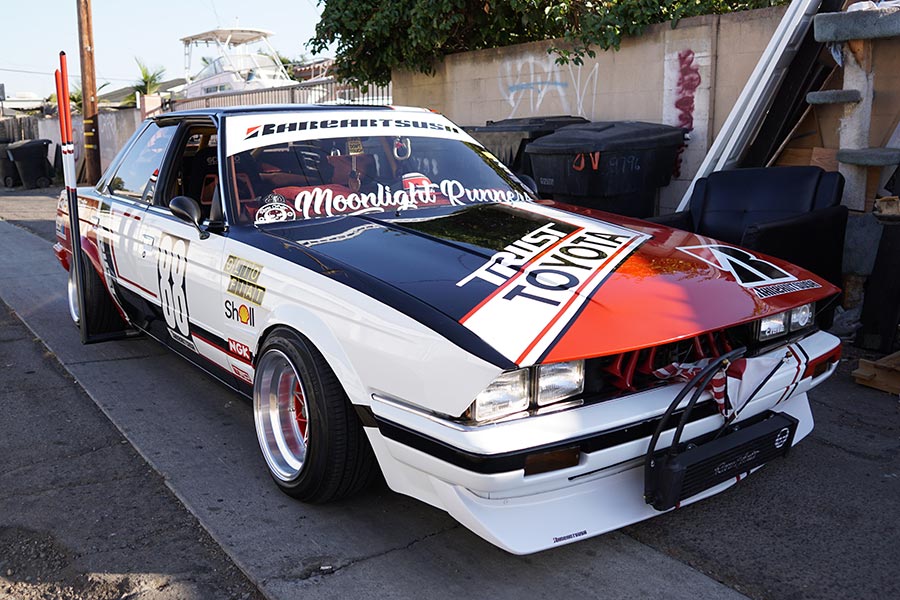
By the way, their Cressida was commissioned by a museum and was completed in just five weeks.
In recent years, Japanese cars from the 80s and 90s have been popular in the United States due to the influence of racing games featuring Japanese cars and movies such as the Fast and Furious series.
And specifically in the United States, there’s a 25-year import rule that allows vehicles 25 years or older to be imported into the country even the car doesn’t meet the Federal Motor Vehicle Safety Standards (FMVSS) issued by the National Highway Traffic Safety Administration (NHTSA). So that means cars that have their steering on the right side can be road legal once they turn 25 years old.
However, when I talked to the members of Moonlight Runners, I found out that it was not just the JDM trend or the 25-year rule that made them decide to create a bosozoku style car.
What made them love these bosozoku styles? I asked John, who is the representative of Moonlight Runners.
— So what made you into making these cars?
John: I started building them around 2014 when I learned about Japanese bosozoku from a media report. I was surprised to learn that there were people in Japan who rode such unique cars, and at the same time, I felt a sense of familiarity. Then I started to think I want to make a car like this with my hands. At that time, I don’t think there were any bosozoku styles made in this country by Americans.
— How did you learn to make them?
John: There were already some companies in this country that imported and sold zokushas from Japan, but they wouldn’t tell me when I asked them how to build one. So I searched hard on YouTube for videos of bosozokus, but unfortunately, I didn’t understand Japanese and it was very difficult to find one.
I had some knowledge of engine tuning from my job, but I had no knowledge of bodywork, exterior, or how to handle FRP kits. And I repeatedly played and paused the video, desperately tried to remember how it was made.
There have been half-baked zokushas in the United States, but I thought why not make it perfect if I was going to make one. So I did. I wanted to prove that even an American can make a zokusha like this.
— You have a lot of stickers from Japan on your car.
John: I sent out an email asking for help from some builders in Japan that handle zokushas. They were very kind to tell me how to make them, how to handle the materials, and how to get some parts. I couldn’t get any knowledge from the American pioneers, but I was very much helped by Japanese builders.
— What attracts you to these custom styles?
John: It’s a very unique car, and I think that’s what makes it so appealing. Americans love to customize their cars, and if possible, they want to drive a custom car that no one else is driving. In the United States, the Nissan Skyline GT-R, Toyota Supra, and Honda Civic are very popular, but I think bosozoku is a unique style that is different from those cars even they share the same nationality.
— Does the police chase after you for these customizations?
John: In some states, they do. In California, engine swapping and emissions inspections are very strict. These zokushas in particular, are banned for their low ride height and objects sticking out such as “takeyari” exhausts. If found, the driver gets ticketed.
If you don’t comply and ignore it, they will eventually confiscate and crush the car in front of you.
※ ※ ※
These made-in-USA bosozoku-styled cars, which look so real to the Japanese zokushas, have become famous at Japanese car events after being displayed in a museum. They are slowly gaining popularity among Americans who love Japanese cars and like to customize them in unique ways.

